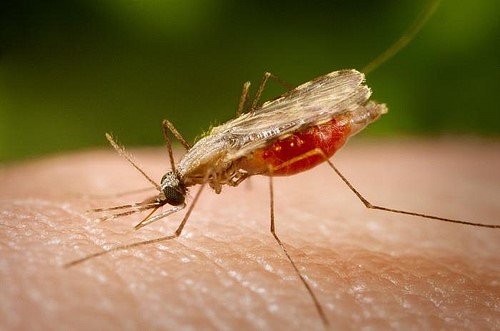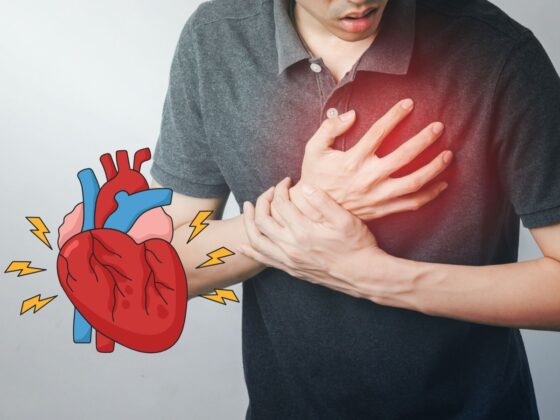 -Dr. Gowri Kulkarni, Head of Medical Operations, MediBuddy
-Dr. Gowri Kulkarni, Head of Medical Operations, MediBuddy
Malaria is a major infectious disease that affects hundreds of million people globally and is responsible for close to a million deaths every year. A mosquito-borne disease; Malaria is caused by the Plasmodium parasite that is transmitted to humans through the bites of Anopheles mosquitoes. The disease was predominantly existent in the Sub-Saharan region, Africa, Asia, and other tropical regions. With close to 40% of the world’s population residing in areas that are at risk of the disease.
Malaria symptoms may begin from anywhere between 10 days to 14 weeks after infection. Symptoms may include chills, fever, headache, muscle aches, nausea, vomiting, diarrhea, anemia, and jaundice. If not treated promptly, it may also result in kidney failure, seizures, coma and even death.
The disease is generally more common and prevalent in countries close to the equator due to the warm weather conditions available. The parasite can survive and complete its growth cycle in warm, humid, and rainy climates. Making India the perfect abode to accommodate its development with its seasonal monsoons and humid weather temperatures. As heavy rainfalls cause water to stagnate and collect in places. The mosquito breeds in these water channels and streams, leading to the widespread of the disease.
Types of Malaria
Plasmodium falciparum (P.f.) – Found mostly in South East Asia, South America, and Africa. It is the most dangerous variant of the parasite, and people are most at risk of dying from malaria with this variant. It is also associated with the development of blood cancer and is responsible for a huge chunk of malaria cases.
Plasmodium ovale (P.o.) – It is rare to contract, and the variant is mainly found in the tropical West African region, including Ghana, Nigeria, and Liberia. Less than 5% of malaria cases are to be found due to this variant. The symptoms may appear after 12 to 20 days of the parasite entering the body.
Plasmodium malariae (P.m.) – The parasite is found in the tropical and subtropical regions of Central and South America, Africa, and South-East Asia. Post-infection, symptoms like chills, headache, fever, and muscle ache can follow.
Plasmodium vivax (P.v.) – This variant is the most widespread in India and is predominantly responsible for most of the cases detected. The variant is lethal and can also lead to major health complications and death. Symptoms may follow post-infection and may include fever, chills, nausea, fatigue, muscle pain, diarrhoea, etc.
Treatment and Vaccine
Multiple traditional herbal remedies and measures have been used to treat the disease. From cinchona tree for treatment to widespread use of insecticides, covering swamp drainage to covering or oiling open water surfaces to control mosquito breeding and the spread of malaria. With scientific advancements and developments, new therapeutic drugs were introduced such as Mepacrine, Chloroquine, Mefloquine, Halofantrine, etc.
Currently, there are 14 medicines for curative treatment of Malaria and 4 medicines for prophylactic treatment approved by the WHO Model List of Essential Medicines. With the treatments phased out in either a single compound or in combination.
Despite many efforts in the recent decades to develop a vaccine against immunization against Malaria. There have been no significant achievements made by scientists yet.
Attempts at producing an effective malaria vaccine and vaccine clinical trials are ongoing. The malaria parasite is a complex organism with a complicated life cycle. As the parasite can evade your immune system by constantly mutating, so developing a vaccine against varying mutation has been tough. However, with multiple vaccines in the making against the disease, one can be hopeful to see a breakthrough soon.











